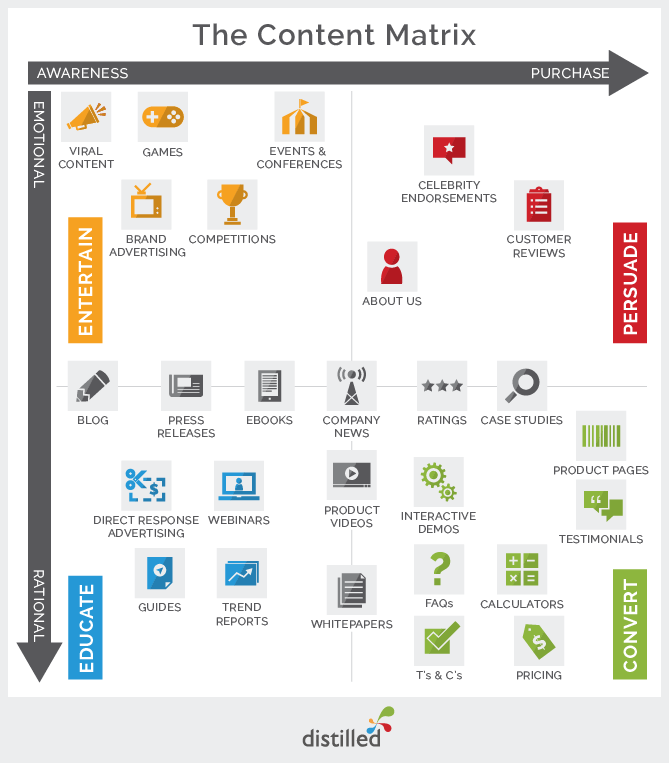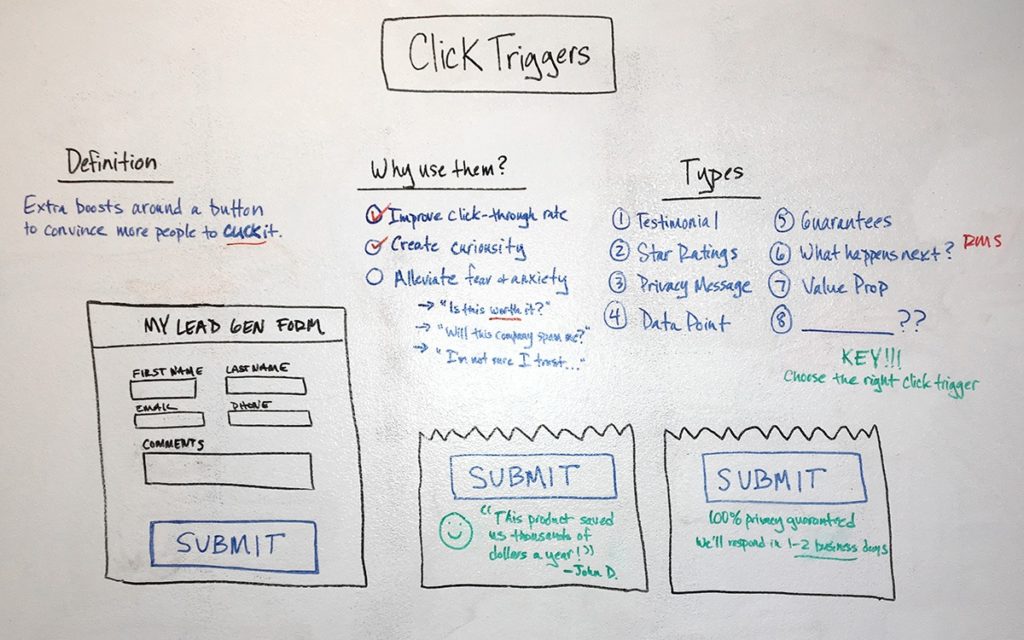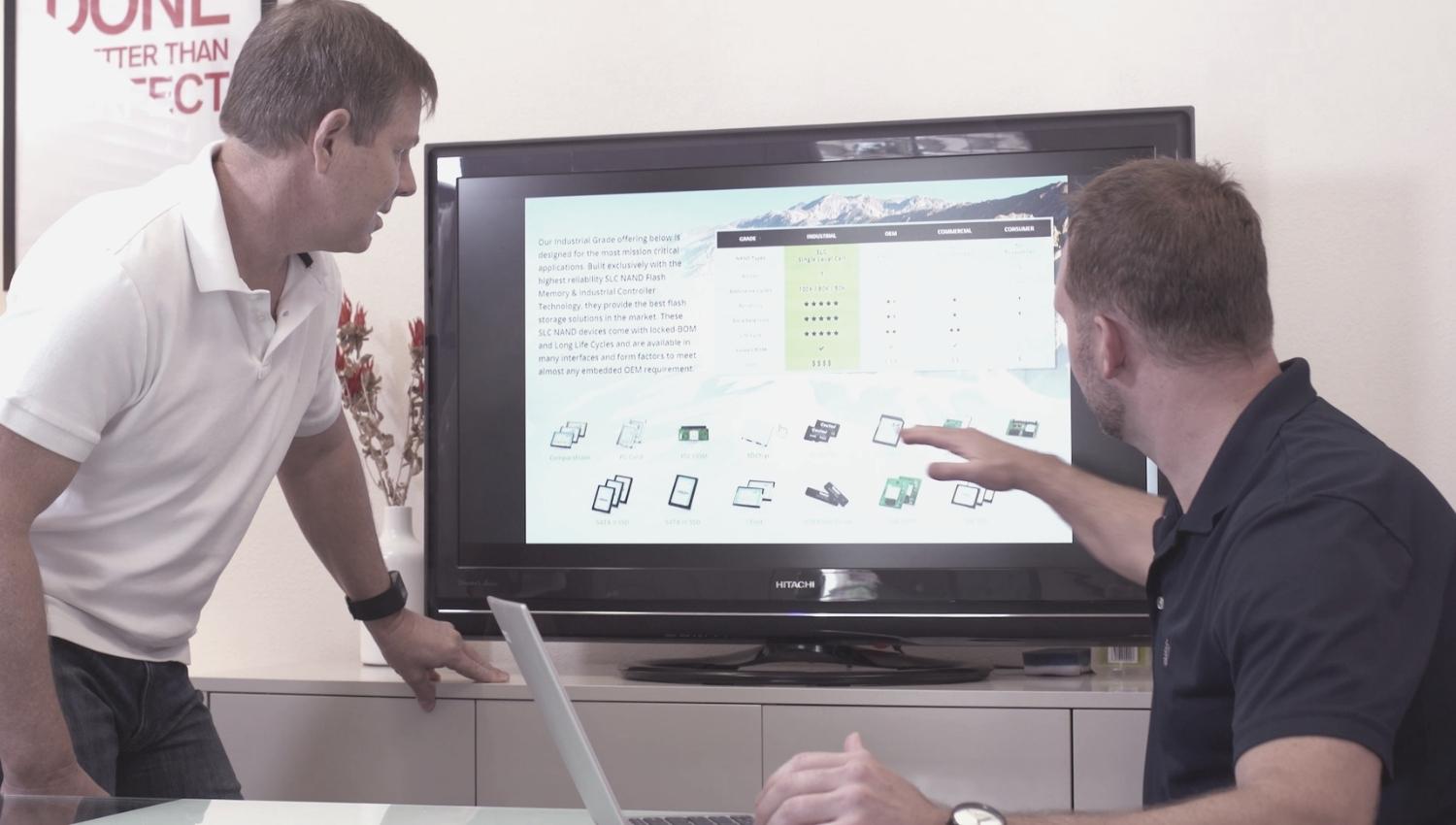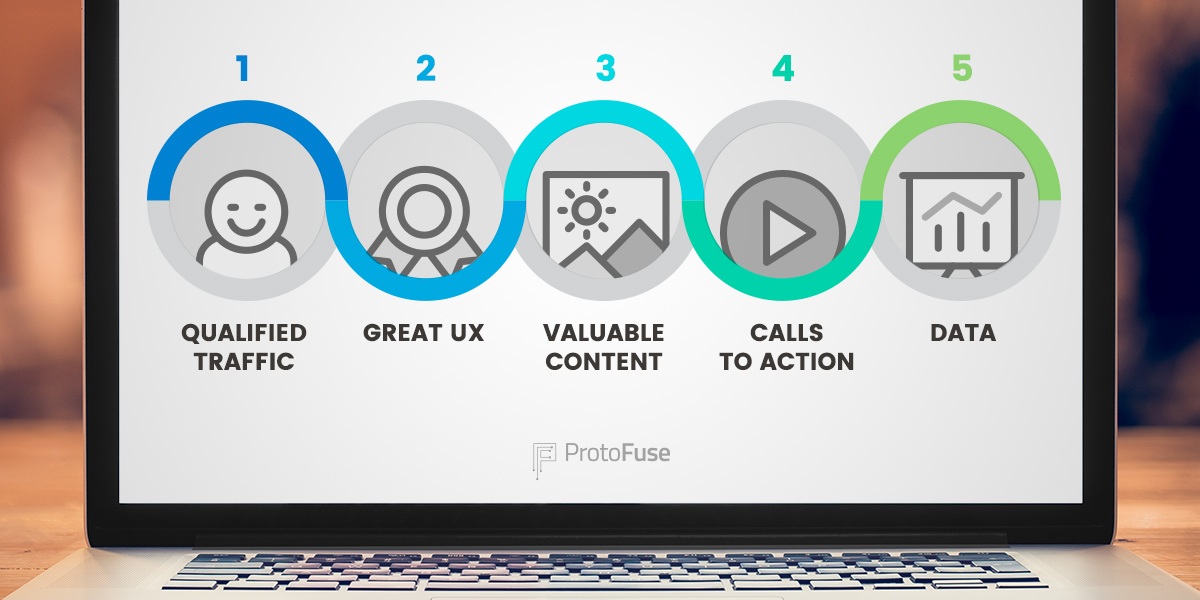
Websites that Convert: The 5 Things they Master
Updated last on:
March 2, 2023
Struggling with converting anonymous website visitors into leads? The solution isn’t a quick fix, but there is a formula. Master these 5 things and watch the leads come pouring in!

by Eric Sharp
TOPICS:
Websites that convert are like the cool kids in high school
They get all the attention. How do they do it? What’s so special about them that inspires and creates desire?
Though you may be thinking award-winning design or some trade secret they spent millions on, I’m here to share the good news.
It’s just a simple formula.
Websites that convert visitors into leads and sales focus on 5 things. If you take the time, spend the money, and direct your full website efforts on these 5 things, your website will be primed to churn out more leads than Jonathan “Mox” scored touchdowns in Varsity Blues. (My 20 year HS reunion was this year so I had to stick with the High School analogy.)
Alright, nostalgia over.
5 things that a website needs to convert:
- Qualified Traffic
- Great UX
- Unique & Valuable Content
- Calls-to-action
- Data (and the use of it)
This 5 step formula is somewhat linear, as in #1 on my list (Qualified Traffic) is essentially the first domino that needs to fall for a website to convert an anonymous person into a hot qualified lead.
Let’s start there.
Tip: if you’re unsure of what a qualified lead is check out: What is a Qualified Lead?
1. They focus on sending qualified traffic
Become intrigued by traffic, but get obsessed with quality traffic.
Not all traffic is good traffic. If the people visiting your website have little to zero inclination towards your product/service, expertise, and opinions — every subsequent item on this list won’t matter.To convert visitors to leads, this traffic must first care. How do you ensure these visitors care? Create website-specific user personas (so you know exactly who you’re targeting) and invest in the right marketing channel (e.g. Organic Search, Paid Ads, Social).
2. They provide a great UX (User Experience)
Once you have qualified traffic pouring into your website, it’s now about first impressions.
If your website’s experience is poor, guess what, people will think your company, product/service is poor too. Ouch. That spells trouble for conversion.
Stanford’s Persuasive Technology Lab found that almost half (46%) of people say a website’s design is the #1 criterion for discerning credibility.
That means your UX should be:
- Professionally done (yes, people can tell if your son’s college buddy designed it)
- Easy-to-understand
- Fast loading (page loads under 5 seconds)
- Eliminating reactions like “What?”, or “Where?”, and “Umm.” (The fancy word for this is cognitive strain)
Websites that craft a great UX certainly improve their chances to converting visitors to leads, but there’s more to this equation.
Let’s talk about content.
3.They create Unique & Valuable Content
If your website brings in qualified traffic and those people experience a great user experience, you have a solid foundation.
But, you’ll need much more to convert visitors — more specifically original and highly valuable content.
Let’s first take a look at what NOT to do.

Look at our services! Fill out this form! Opt into our newsletter! See our amazing company culture! Did you miss our pricing?
As the hipsters [would] say:
Your website ain’t got no chill.
Websites perceived as one big sales pitch have no chance for conversion, especially in the world of lead generation where research and evaluation is the nature of the beast. 87% of buyers say online content has a major or moderate impact on vendor preference and selection and 43% say “blatantly self-promotional” content is a major turn off.
Websites that convert balance 4 types of content:
- content to entertain
- content to educate
- content to persuade
- content to convert
When companies make the focus of their website all about them (“Persuade” part of grid above), it begins to feel like that cheesy used car salesman that follows you around. At some point, you’ll sprint back to your existing car like a gazelle being chased by a cheetah.
Invest in all 4 types of content and you’ll have plenty of ammo to help visitors convert.
4. They show CTAs (Call-to-Action) on every page
Qualified traffic ✔
Great UX ✔
Valuable content ✔
Now what?
Time to let your visitor know, clearly, what actions they can take. This may seem simple in theory (Duh, of course we need a button there!), but it’s in practice where many websites get it wrong.
A site-wide call-to-action (most critical to your business, typically an overarching CTA) and a strategic page-by-page call-to-action (e.g. opt-in, download, click-through to a landing page) is a great way to approach your CTA strategy.
Yes, a CTA on every page.

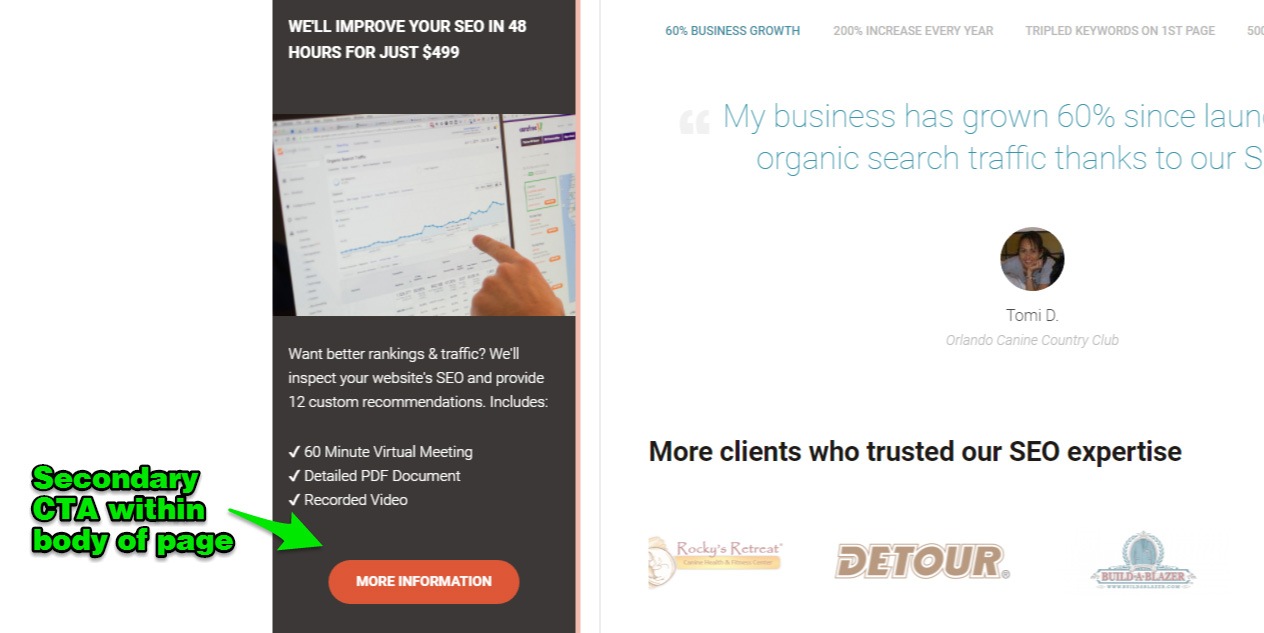
But, here’s the thing about CTAs. They shouldn’t be obnoxious and overly pushy — you can have too many and overwhelm your visitor. Keep calls to action relevant to your audience and in clear language.
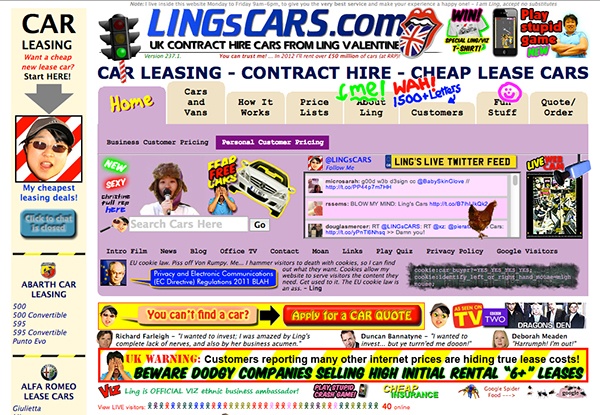
Serious gains in conversions don’t come from psychological trickery, but from analyzing what your customers really need, the language that resonates with them and how they want to buy it. Peep Laja, CXL
5. They generate data (and then use it!)
Still with me?
As I mentioned at the start, this isn’t a quick fix. But, hopefully this formula is showing you that conversion isn’t rocket surgery and you feel compelled to make changes. Let’s talk data. Like, useful quantitative website data that helps you understand if the previous 4 elements (traffic, UX, content, & CTAs) are doing their job.
I know what you’re thinking.
If we’re getting leads regularly, we don’t care about data.
I get that perspective. But, what happens if those leads begin decreasing? Or stop? Or *gasp* you want more leads?
If you want to keep your foot on the gas with conversions, you need to:
- Collect Data
- Look at the Data
- Make sense of the Data
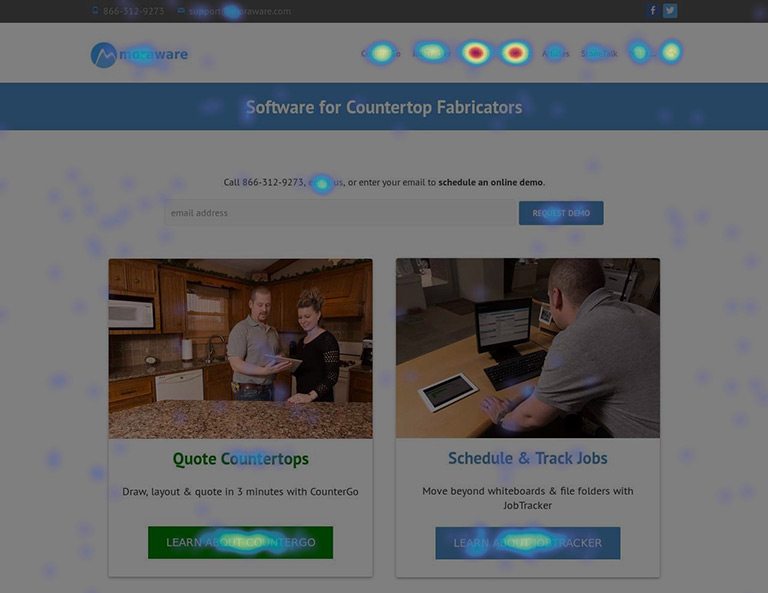
There are many useful (and cheap) tools out there to collect and look at website data such as:
- Google Analytics (the Web Analytics tool)
- Hotjar
- Marketing Automation platforms
Once you have data, then you can evaluate your website traffic, people’s behavior, content effectiveness, conversion optimization issues, and much more. Simply put, websites that convert regularly get in the habit of using data to sharpen their websites.
Pro Tip: make sure you have accurate data and you’re understanding what’s actually happening under the hood — don’t be deceived by data.
Don’t fear, take action
In one of his rare but moving speeches, Jonathan Moxon urged his team to live in the moment:
We can’t be afraid to lose. There’s no room for fear in this game!
Take Mox’s advice, but in the website realm. Don’t fear your prospects or let them intimidate you. A solid website, rooted in these 5 elements, will convert your visitors. I believe in the formula and seen it work with our clients.
Let me re-phrase his quote:
Your website can’t be afraid to not convert. There’s no room for fear in digital marketing!
Need website help?

We're all about websites — especially websites that are loved by people and Google.
Since 2001, we've been helping clients nationwide turnaround their outdated and under-performing websites.

"Our website is generating quality leads every week thanks to their website consulting."
Steve L.
Cactus Technologies
Hey, you made it!
There is gobs of information available today — I'm honored you found this article interesting enough to make it here. I hope this insight leads you to a better-performing website!


About the Author
Eric Sharp is the founder of ProtoFuse and has been in the website trenches since 1999 — right before the dot-com boom redefined the website landscape. Since then, he's accumulated 25 years of digital marketing experience and prides himself on creating websites "Loved by people and Google". Outside of websites, it's all about fam time with his wife and 3 kids. He enjoys CrossFit, cooking steak on his cast iron skillet, collecting Jordan sports cards, and Daaa Bears.


